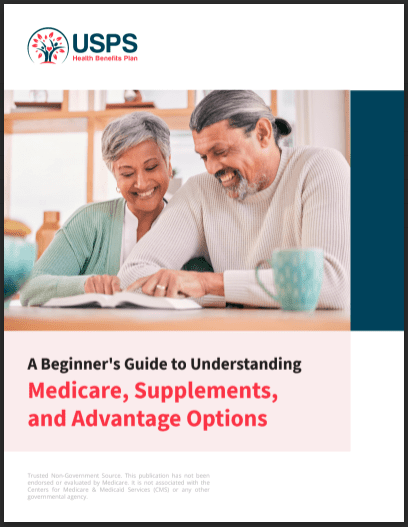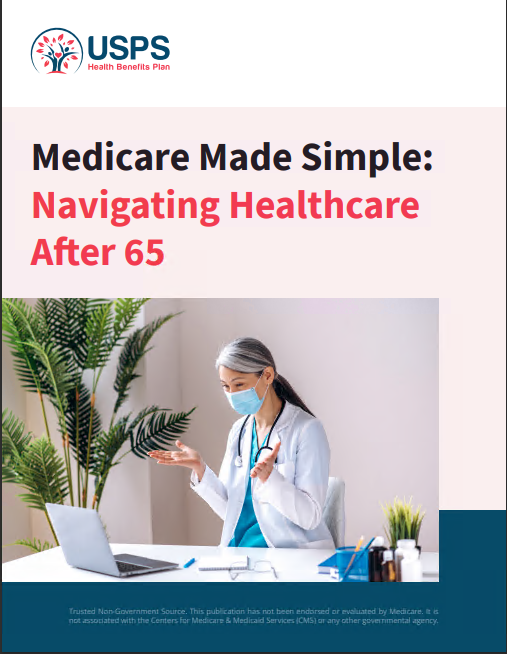Key Takeaways
-
Monthly premiums and deductibles are pivotal in determining your overall healthcare expenses, impacting both immediate and long-term financial planning.
-
Understanding how these costs work can help you make informed choices about your health plan and avoid unexpected expenses.
Breaking Down Monthly Premiums and Deductibles
When you’re choosing a health plan, two key terms you’ll encounter are monthly premiums and deductibles. Both play a major role in shaping how much you spend on healthcare over time, so it’s important to know how they work and interact.
What Are Monthly Premiums?
Your monthly premium is the fixed amount you pay every month to maintain your health coverage. This cost is due whether or not you use any medical services during the month. Premiums ensure that you have access to a network of healthcare providers and services when needed.
-
Fixed Cost: Premiums don’t fluctuate based on your usage. You pay the same amount even if you don’t visit the doctor.
-
Impact on Budget: Higher premiums can mean less financial flexibility for other expenses, so balance is key.
What Are Deductibles?
A deductible is the amount you pay out of pocket before your health insurance begins covering most services. Deductibles vary significantly based on the type of plan you choose.
-
Annual Threshold: Deductibles reset each year, meaning you’ll start from scratch every January.
-
What It Covers: Until you meet your deductible, you’ll pay for things like doctor visits, tests, and procedures, with some exceptions depending on your plan.
How Premiums and Deductibles Interact
The relationship between premiums and deductibles is often a balancing act. Plans with higher premiums usually have lower deductibles, while those with lower premiums tend to have higher deductibles. This dynamic affects how much you’ll spend out of pocket depending on your healthcare needs.
High Premiums, Low Deductibles
This option is ideal if you anticipate frequent medical visits or ongoing care. By paying more upfront in premiums, you’ll spend less when accessing services.
-
Who Benefits: People with chronic conditions or families with young children often find this balance advantageous.
-
Long-Term Savings: Lower deductibles can prevent large out-of-pocket expenses during unexpected health emergencies.
Low Premiums, High Deductibles
If you’re generally healthy and don’t require regular care, opting for lower premiums might seem appealing. However, the higher deductible means you’ll shoulder more costs if you need care.
-
Who Benefits: Those with minimal healthcare needs or infrequent doctor visits.
-
Financial Risk: You’ll need to budget for potential high costs if an unforeseen medical issue arises.
Planning Your Healthcare Spending
Understanding your healthcare needs and budget is essential for choosing the right plan. Here are some strategies to guide your decision:
Estimate Your Annual Healthcare Usage
Start by evaluating how often you and your family typically use healthcare services. Consider:
-
Routine doctor visits
-
Specialist appointments
-
Potential surgeries or treatments
Factor in Additional Costs
Monthly premiums and deductibles aren’t the only costs to think about. Don’t overlook:
-
Copayments: Fixed amounts you pay for certain services.
-
Coinsurance: The percentage you pay for services after meeting your deductible.
-
Out-of-Pocket Maximums: The cap on what you’ll spend in a year, after which your plan covers all additional costs.
Review Plan Options During Open Season
For USPS employees and retirees, the 2025 Open Season runs from November 11 to December 13. This is the time to:
-
Evaluate new plan options.
-
Compare premiums, deductibles, and other cost-sharing details.
-
Switch to a plan that better fits your needs.
Long-Term Impacts on Your Finances
The choices you make about premiums and deductibles today can significantly affect your financial stability in the future. Here’s how:
Managing Predictable Costs
Choosing a plan with higher premiums can help stabilize your monthly expenses, especially if you expect to use healthcare services regularly. This approach minimizes surprise costs and provides peace of mind.
Preparing for the Unexpected
Even if you’re healthy, it’s wise to prepare for emergencies. High-deductible plans might save money upfront but could lead to steep costs in a crisis. Setting aside funds in a health savings account (HSA) or flexible spending account (FSA) can help offset these risks.
Balancing Short- and Long-Term Costs
Consider both immediate affordability and long-term expenses. For example, a low-premium plan might save money monthly but lead to higher total costs if you require frequent or expensive care.
Key Considerations for USPS Workers and Retirees
As part of the Postal Service workforce or a retiree, your health benefits are tailored to your unique needs. Here’s what to keep in mind:
Medicare Integration
If you’re eligible for Medicare, integrating it with your PSHB plan can reduce your overall expenses. Benefits like waived deductibles and lower prescription drug costs are available to those who enroll in Medicare Part B.
Family Coverage Needs
If you’re covering dependents, factor their healthcare needs into your decision. Children often require regular checkups, while older dependents may need more specialized care.
Take Advantage of Resources
Use the tools and brochures available through the U.S. Office of Personnel Management (OPM) and the PSHB website. These resources provide detailed plan comparisons to help you choose the best option for your circumstances.
Making Informed Choices for Your Health
Choosing a health plan isn’t just about the monthly cost—it’s about ensuring you and your family are covered when you need care most. Take the time to evaluate your options, considering both premiums and deductibles, to find a balance that aligns with your health needs and financial goals.
Healthcare Spending: A Critical Step Towards Peace of Mind
Making sense of premiums and deductibles is key to managing your healthcare costs effectively. By understanding these components and choosing a plan that fits your needs, you can gain financial security and focus on what matters most: staying healthy and enjoying life.











